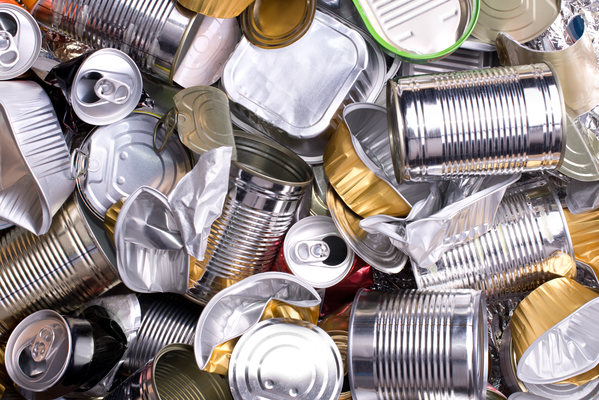Metal recycling is one of the most valuable activities you can undertake. It is not only relatively easy to do, but it can be repeated over and over again. You see, metals retain their properties and do not degrade when you recycle. They are infinitely recyclable. It still can be tricky to know how you can recycle your metal pot and pans or other objects around your house. Read on for more metal recycling facts like how metal the metal recycling process works or what goes in your curbside bin.
There are a lot of benefits to recycling metal. The more we can keep the different types of metal in circulation, the better it is for the planet. The key benefits of metal recycling include:
- Less material in landfill
- Reduced energy consumption
- Less reliance on virgin resources
- Protect the environment
- Create more sustainable industries
- Support the circular economy
On top of all these benefits, recycling metals can be profitable, even for everyday people like you and me. Although in volume alone, nonferrous scrap made up only 5% of total recycled material in the US in 2017, it accounted for more than half of the recycling earnings (2018, ISRI.org).
Below we will take you through the most common metal objects and how to recycle them. Which ones can go in your curbside recycling bin and which ones can’t. First, let’s go over the basics of what metal is, types of metals, the metal recycling process, and what products are made from recycled metal.
What is Metal
Metal is a pretty common material in our everyday lives. So what is a metal?.
Metals are a group of materials that have similar properties. They are solid, hard, and strong. They are also typically shiny, malleable, and have good electrical and thermal conductivity.
Some common examples of metals that most of us are familiar with are steel, aluminum, copper, gold, or silver.
The three main types of metals are ferrous, non-ferrous, and alloys.
- Ferrous metals contain iron, the most obvious example being steel. Ferrous metals are known for their strength and durability.
- Non-ferrous metals do not contain iron giving them different properties from ferrous metals. These types of metals are more malleable and have better resistance to rust and corrosion. Common examples of non-ferrous metals include aluminum, copper, lead or gold, and silver.
- The third type of metal is alloys. An alloy is a material that contains two or more metals. These usually compliment each other and improve the properties of the material. This might be to increase the hardness, lower the melting point, or change the color. The most common alloys are bronze, cast iron, brass, carbon steel, solder, sterling silver, or white gold. Alloys can be either ferrous or non-ferrous depending on whether one of the metals used to make the allow contains iron.
Items Made From Metal
Metals are all around us in our everyday lives. Some common examples of items made of metal that we use daily include:
- House and car keys
- Cooking pots and pans
- Cars
- Planes, trains, and boats
- Cutlery
- Home appliances
- Drink and food cans
- Gutters and pipes
- Ovens
- Musical instruments
- Paint cans
- Electronics like tv’s, computers & monitors, smartphones
- Razor blades
- Silverware
- Jewelry
- Batteries
- Toys
- Coins
- Mirrors
- Buttons and zips
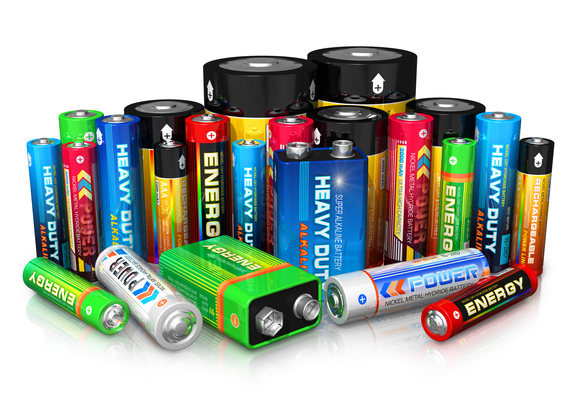
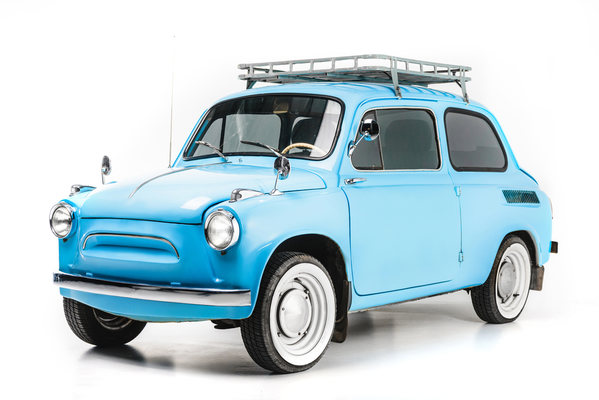

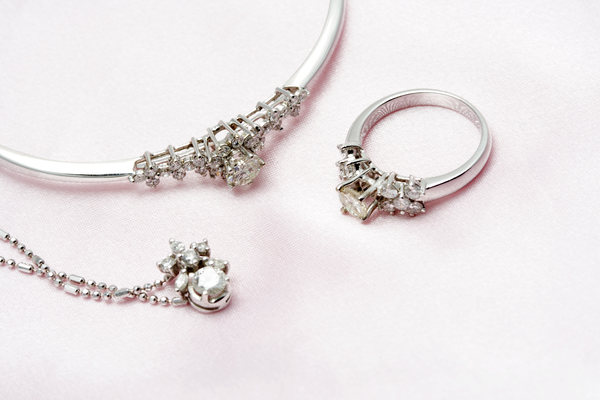
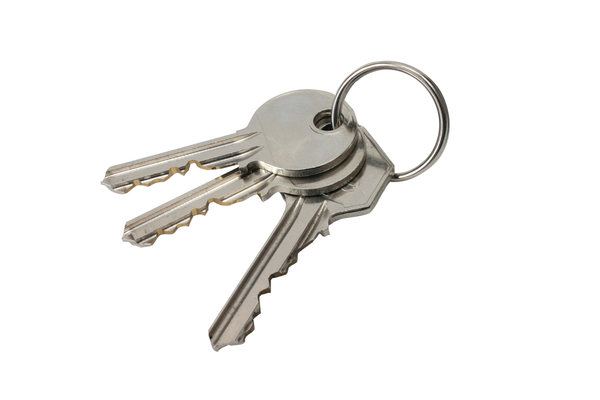
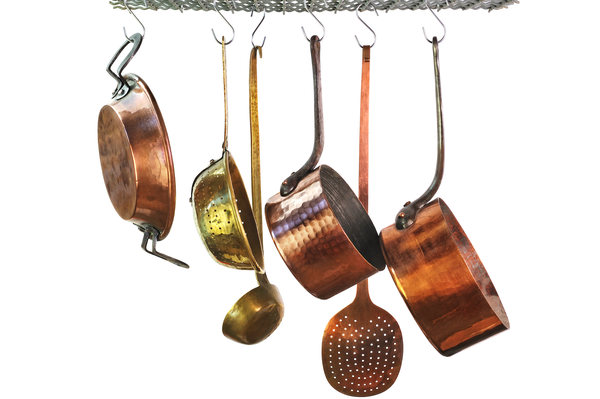
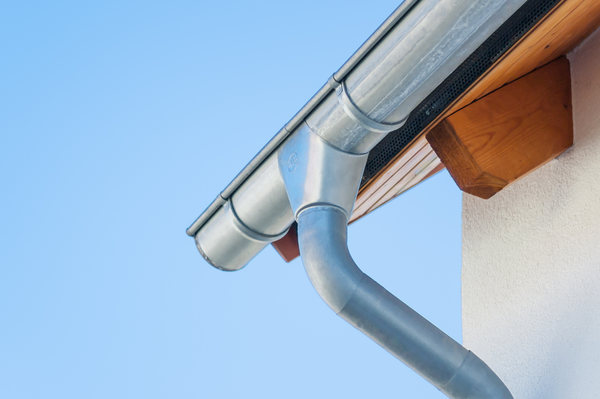

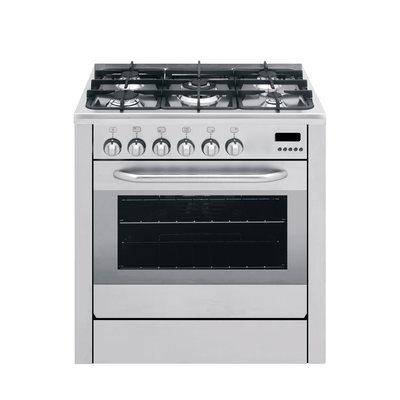
Why Recycle Metals?
When you recycle metal, it retains its chemical and physical properties. This means it can be recycled over and over again. We should take advantage of as much as possible.
Just like most things on our planet, there is a finite amount of metals. We are consuming these resources at a very high rate, so we will likely run out unless we keep the materials in circulation.
There will come a time when recycling metals is our only choice because there are no suitable resources left.
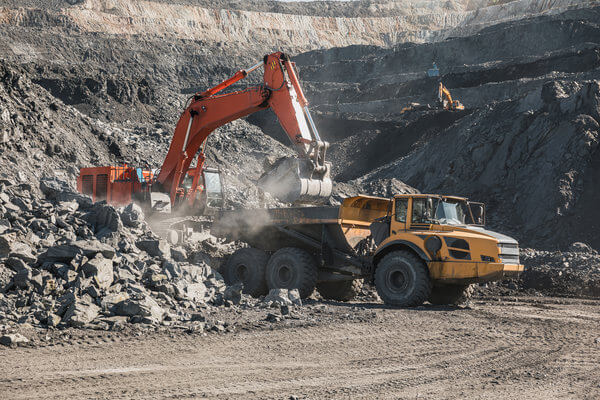
Recycling metal also uses much less energy than the amount required to extract the ore and process it. Mining and processing the ore is a highly energy-intensive exercise. The Institute of Scrap Recycling Industries estimated that recycled steel requires 60% less energy than what is needed to produce steel from iron ore.
Reducing the overall amount of mining also lowers the impact on the environment in other ways. Figures provided by the EU indicate that recycling could help reduce CO2 emissions by approx. 200 million tonnes every year.
There can be many more great outcomes too. For example, using recycled steel instead of new steel can reduce air pollution, water use, and water pollution.
The Metal Recycling Process
The metal recycling process involves 6 main steps. The step most people are familiar with is the first step, the collection. There are many variations to this step, depending on where you’re located. We will discuss this later in more detail.
The other steps involve sorting, removing contaminants, shredding, and melting the metals. Finally, they enter back into the cycle and are made into new products. It is said that recycled aluminum can end up back on the shelves at the supermarket in as little as 60 days.
- Collection – First, the metals must be collected from various sources. Metal waste can be collected through curbside recycling programs or via a metal scrap yard. Find out more below about the different types of materials accepted by every kind of collection.
- Sorting – The metal recycling process requires the metals to be sorted into the different types of metals. If the metal comes from a scrap yard, this is usually done at the point of collection. Automated machines with magnets are used to separate the metals as well as color and other properties.
- Mechanical Processing – The process of metals being shredded so that they will melt more easily. This also helps the removal of non-metal contaminants like plastics.
- Melting and Purification – Each type of metal is melted in a different furnace. During this process, further contaminants are removed through a process called electrolysis.
- Cooling and Transportation – The recycled metal is cooled into different sized bars to aid in identification and then transported to factories for use.
- Made into new products – Finally, the metal is made into a new product at the end of the metal recycling process. Hopefully, once used, it will go through the whole cycle again.
Here is a great video by DCODE by Discovery demonstrating the metal recycling process for aluminum.
How are Aluminum Cans Recycled?
How Do You Identify Metal Types
Knowing how to identify the different metals can be tricky, especially with so many alloys available. There are even some composite materials with plastic or cardboard that can be pretty tricky.
Generally, it doesn’t matter what type of metal you have as long as it is accepted for curbside recycling. However, if you are interested in knowing what kind of metal you have, there are some tests you can do.
The most straightforward test is to use a magnet. If the magnet sticks, then it is a ferrous metal like steel, iron, or a steel alloy. If the magnet does not stick to your metal, then it is one of the non-ferrous metals like aluminum, copper, brass, or it might not be metal at all.
WikiHow provides a good list of tests that could you can do to determine what metal you have. WikiHow – testing a metal’s various properties.
What Metals go in Your Curbside Recycling
For curbside recycling, you can only recycle the following metal objects.
- Food Cans – aluminum cans or steel cans for soup or other foods
- Drink Cans – beer and soft drink cans, these are usually aluminum
- Lids and bottle caps – caps for beer, soft drinks, or food jars
- Aluminum foil and foil baking trays
Note what is accepted in curbside recycling programs can differ depending on your location. Please be sure to check with your local authority or council to check what can and cannot be recycled in your area.
Your curbside pickup services will typically not pick up any large or complex metal for recycling like car parts, appliances, or electronics. If you need to recycle, you will need to find a specialist recycler or take the metal to a scrap yard. See below.
Aluminum Cans
Easy to recycle and very valuable. Be sure to empty all the contents first. They don’t need to be crushed as it may be better at some facilities so the machines can separate them more easily.
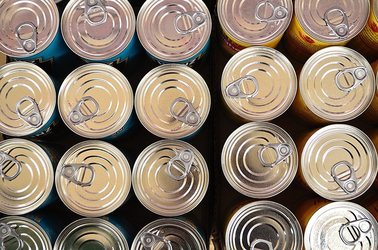
Steel Cans
The majority of food cans that you handle are probably made of steel. Steel cans are used for many food items like canned soups, vegetables, beans, etc. Make sure they are reasonably clean. There is no need to remove the label as these will be burnt off during the recycling process.
Tin Cans
We often still refer to tin cans; however, tin is a relatively rare metal. If the cans holding our tomato soup were made of tin, they would be pretty expensive. Most tin is used in alloys where it is combined with other metals. As mentioned above, the majority of everyday cans are made of steel or aluminum.
Aluminum Foil
A lot of people don’t know that you can actually recycle aluminum foil. Just make sure it is clean, then roll it into a ball about the size of a baseball and toss it into your curbside bin. Be sure to check with your local authority as the rules can vary depending on your location.
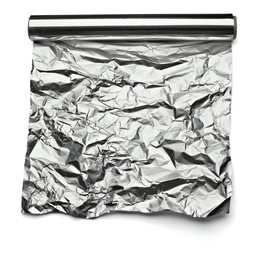
Lids and Caps
- Pop tabs/ring pulls – these are too small to be picked up by the recycling facility’s machines. One option is to collect them all in one aluminum can, and when it is nearly full, crush it a little to make sure they stay inside. Then put it in your recycling bin. Otherwise, you might choose to collect them to take to a scrap yard, or better still, you can either donate them to a charity like Ronald McDonald House Charities.
- Can Lids – these can be recycled but may be too sharp if the facility still uses hand sorters. If you can, push the lid down into the tin.
- Glass Jar lids – these are usually made from steel. Separate them from the bottle and place them in the recycling bin.
- Bottle caps – Generally, bottle caps are too small to be picked up by the recycling facility. A good idea is to store them inside cans made from the same type of metal. Steel is magnetic, and aluminum is not, so that’s the fasted way to work it out. Put the caps inside the can, and when it is almost full, squeeze the top together to hold them in. Then place it in your curbside recycling bin.
Aerosol Spray Cans
Aerosol spray cans that are still full or partly full should be treated as hazardous waste. They can either be emptied before disposing of them or if you would rather not empty them yourself, then check with your local authority about hazardous waste drop-offs.
Learn more about Aerosol cans here.
Cooking Oil Tins
Like aerosol cans, although not as dangerous, make sure they are empty before disposing of them. Only the smaller cooking oil tins can go in your curbside recycling. No motor oil cans can go in, however, these can go to your council hazardous waste.
Metal That Doesn’t go in Your Curbside Bin
The following list of items cannot generally go into your curbside recycling bin. If you have any of these items, it’s best to find a scrap metal yard or reseller nearby. Some local authorities or councils will take this sort of trash, so be sure to check.
- Ironing boards
- metal coat hangers
- Silverware
- Keys
- Locks and doorknobs
- Office equipment and furniture
- Household appliances
- White goods like Fridges or freezers
- Roofing
- Cast iron baths
- Electrical wire
- Bed frames
- Car or bicycle parts
- Razor blades
- Other metals
- Umbrellas
- Aluminum doors
- Pots and pans
- Toys
- Tools
- Piping
- Eyeglass frames
There are a few options available for recycling these larger items. Your local authority or council should offer a few options for recycling these metal objects. Or you can search for specialist recycling services in your area, including metal scrap yards.
The following items also contain metals but will need to be taken to more specialist recyclers.
- Batteries – batteries have hazardous materials in them and must be handled correctly.
- Although made of metals, pans and pans are often coated with Teflon or other materials, making them harder to recycle. Check with your local scrap metal facility to see if they recycle them.
- E-Waste (TVs, computers, monitors, phones, other e-waste) – these items can have hazardous materials such as lead, chromium, or PCBs. Hence, they need to be taken to e-waste specialist recyclers.
- Paint cans are often accepted as long as the paint is cleaned out, or the paint is dry. Some places require you to take it to a hazardous waste center, however.
- Motor oil cans – most places require you to take them to a hazardous waste center.
- Mattress springs – your mattress will need to be taken to a specialist recycler so that all parts can be recycled.
Scrap Metal Collection
Metal recycling can turn a small profit. However, it can be a bit of work, and you may need to collect for a while. The more valuable items to recycle are the larger one-off types of things like car parts, batteries, gutters, or other renovation waste.
My husband decided a few months ago to collect our aluminum separately from our curbside bin so we can take it to the scrap yard. This also allowed us to collect the smaller items that often don’t get recycled along with the cans. He has only taken a medium-sized tub down a couple of times, and both times we have only ended up with about $5 back. So it’s not going to be much a side hustle for us, but it still feels good making sure it gets recycled properly.
So which metals are more valuable for recycling at the scrap yard? Non-ferrous metals like aluminum, copper, or brass are usually worth more at the scrap yard than steel or other ferrous metals. Aluminum is probably a well-known item for collection. It is valuable, but as mentioned above, you probably need to collect it for some time unless you have some larger pieces.
What is Recycled Metal Made Into
Amazingly you are probably using a lot of products made from recycled metals already. Many food cans and tins already contain a percentage of recycled metal. It only takes a couple of months for the material to be back on the shelves once the metal has gone through the recycling process.
Recycled aluminum is also widely used in the construction, aviation, and automobile industries. For example, recycled steel is made into car parts, bike parts, steel buildings, rebar, appliances, and new cans.
Metal recycling is a great advertisement for the circular economy. Today 60% of the copper produced since the 1900s is still in use. Wouldn’t it be great if we could say the same for plastic? If we keep choosing to buy products made from recycled plastic, maybe we can increase the value of recycled plastic too.
How to Reduce and Reuse Metal
There are many ways that we can reduce and reuse metal around the home. Here are just a few examples.
- Take clothes hangers back to the dry cleaner.
- Metal furniture or similar items can be resold or repurposed.
- Electrical Appliances are often not accepted by charity stores; however, you could donate to a friend or family member or try selling them yourself.
- Reduce the amount of food packaging that you use by making soups from scratch or using fresh ingredients.
- Buy rechargeable batteries.
- Switch to reusable containers instead of using aluminum foil.
The Wrap up
The most important metal recycling fact is that metal recycling is good for many reasons. Metals are infinitely recyclable and can easily be made into new products with current processes. The metal recycling process is relatively simple, making it easy for these materials to get back into circulation.
Everyday metal items like aluminum cans, jar lids, and aluminum foil can be recycled through most curbside pickup services. There are also readily available services for other large or bulky items like white goods, batteries, bed frames, roofing, or car parts. These can either be taken to your local scrap yard, or your local authority might have a pickup service available.
Metal is one of the most frequently recycled materials worldwide; however, there is still a lot of room for improvement. Don’t let your metal go to waste in a landfill.
Want to learn more about the materials around you and how to recycle them. Why not sign up for our newsletter where you will get regular tips on how to recycle and some great updates on companies that are switching to using recycled material in their products.
Sources
- metalsupermarkets.com, 2015, The Difference Between Ferrous and non-Ferrous metal
- Chris Woodford, 2019, Alloys, explainthatstuff.com
- AWD Digital, The Top 7 Most Valuable Scrap Metals
- SGT-Scarp, The Best Types of Scrap Metal to Recycle
- Metal recycling, Sustainability Victoria, Waste and Recycling Metal
- Rick LeBlanc, 2018, About Metal Recycling, An Introduction to Scrap Metal Recycling
- william-rowland.com, 2017, Recycled metals What do we use them for?
- Institute of Scrap Recycling Industries, Inc., 2018, Kids Recycling Facts
- Institute of Scrap Recycling Industries, Inc., 2018, Nonferrous Fact Sheet: Aluminum, Copper, and Other Nonferrous metals
- Steel – the Natural Choice for Buying Recycled
- Morecambemetals, 2017, What Happens if you Don’t Recycle Your Car?
- British Metals Recycling Association, Why Recycle, recyclemetals.org


